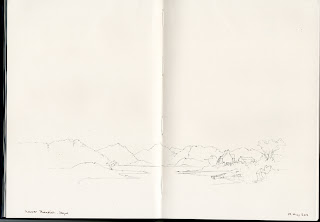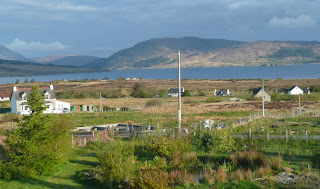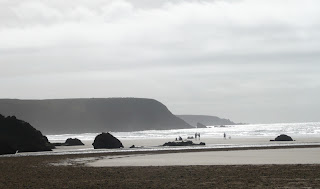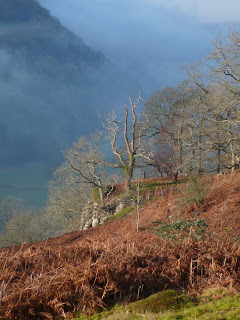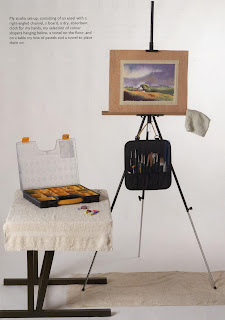 River Wye above Erwood, Pastel by Jenny Keal painted as a demonstration at the Summer of Great Events 2011 |
August is a busy month this year. I will be doing three demonstrations, two of which are free.
- 11th August at Erwood Station Craft Centre and Gallery near Builth Wells, as part of the Summer of Great Events. I will be at the station most of the day, demonstrating in pastel and leading a walk to the River Wye to sketch the scene above. This event is free.
- 17 August at The Sandpiper Studio on the Wirral. An afternoon in Julie McLean’s lovely studio learning how to portray water in pastel. I will be sharing my secrets on how to achieve atmosphere and recession in your landscape paintings. There is a charge for this session.
- 22 August at Art in the Park in Llandrindod Wells as part of their Victorian Festival. You are invited to come and watch me sketch and paint in the Rock Park and to try your hand at producing your own painting. Materials will be provided. This event is free of charge.
If you want to improve your painting, or if you just want to get started, then come along to one of the above events and join in the fun. The painting above was a demonstration at last year’s Summer of Great Events at Erwood Station Craft Centre and Gallery. We had a lovely sunny day last year, let’s hope it is fine again this year.
 |
| Demonstrating at Erwood Station last year. |


